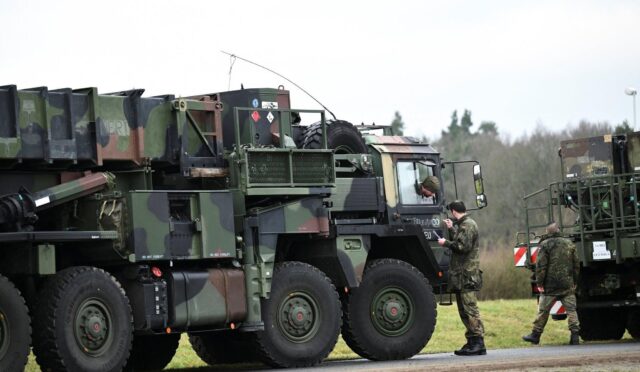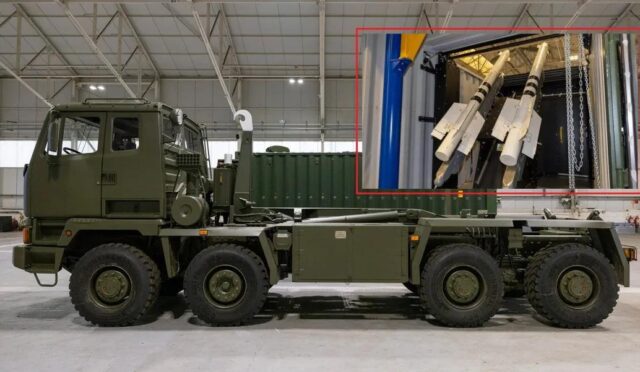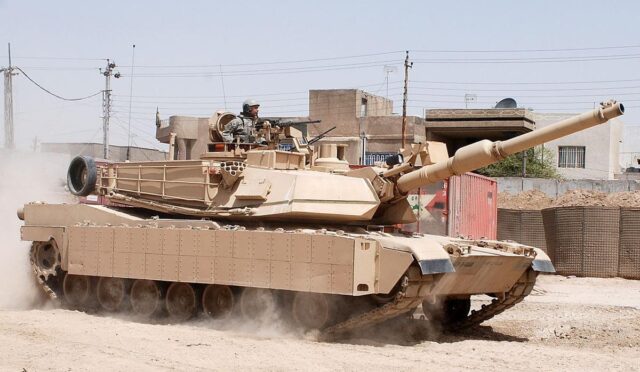Introduction of the Weevil: A Leap in Mine-Clearing Technology
The British Army has unveiled an innovative solution for enhanced battlefield safety: the Weevil, a cutting-edge remote-controlled robotic system tailored for mine and explosive clearance. In a joint effort between the Defence Science and Technology Laboratory (Dstl) and Pearson Engineering Ltd, this robotic system is designed to outperform existing methods by effectively excavating and safely pushing mines to create secure pathways for military personnel.
Unlike traditional mine-clearing techniques, the Weevil is designed to be mounted on military vehicles, allowing operators to control it from several miles away. This significant advancement represents a substantial shift in the approach to mine clearance, particularly in high-risk areas, ensuring the safety of troops while maintaining operational efficiency.
Advanced Features and Functionality of the Weevil
The Weevil prototype utilizes a Warrior infantry fighting vehicle that is equipped with a full-width mine plough and integrated vehicle-mounted cameras. This design not only simplifies the mine-clearing process but also enhances the visibility and control for the operator. Additionally, the system is expected to be versatile, adapting to various military vehicle platforms to broaden its operational applications.
Central to the Weevil’s operation is Pearson Engineering’s Beacon Remote Control System, which transforms traditionally crewed fighting vehicles into optionally crewed robotic assets. This technological integration allows a single operator to manage mine-clearing operations from a safe distance, significantly reducing the risk to personnel in the field.
Positive Outlook from Military Advisors and Officials
Major Andrew Maggs, a military advisor at Dstl, highlighted the importance of enhancing existing military vehicles with advanced capabilities, emphasizing that such innovations can maximize operational potential for troops. “This technology provides crucial advantages, particularly in high-stakes missions where the speed of response and the safety of soldiers are paramount,” he stated.
In addition, Luke Pollard, the Minister for the Armed Forces, echoed these sentiments, underscoring the urgency of the situation. He expressed optimism that the Weevil would reduce the need for personnel to enter dangerous minefields directly. The transition to remote operation marks a significant improvement over conventional methods which often require a three-person crew to navigate treacherous terrain using armored vehicles.
Successful Testing and Future Prospects
The initial trials of the Weevil were conducted in Newcastle, where Dstl and Pearson Engineering successfully demonstrated its capabilities. These early tests are just the beginning, as the British Army plans to carry out further evaluations to gather essential data on the system’s effectiveness in mine clearance operations.
Minister Pollard stressed the critical role of this technology in combating the peril of landmines, especially in challenging environments. “This system could fundamentally change how we approach minefield clearance, allowing our soldiers to operate remotely and safely eliminate threats that endanger lives,” he remarked, reflecting on the future implications of the Weevil.







